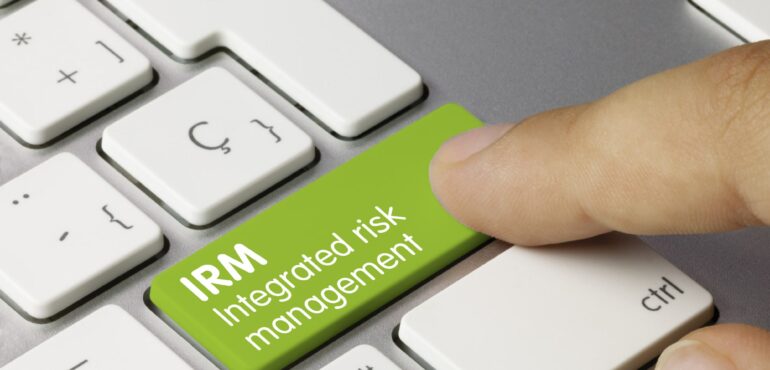How Integrated Risk Management Enhances Business Resilience
Integrated Risk Management (IRM) is a proactive approach that combines risk identification, assessment, and mitigation strategies to enhance business resilience. By integrating risk management across all levels of an organization, it enables businesses to identify potential risks early on and develop effective strategies to mitigate them. This holistic approach ensures that risks are not viewed in isolation, but rather as interconnected elements that can impact the organization as a whole. No business is ever able to fully eliminate risk – but with careful planning and foresight, your business can put itself in a great position by implementing the principles of IRM. Here’s how it can help improve business resilience.
Identification and Assessment of Risks
Implementing IRM allows businesses to identify and assess risks across various departments and processes, creating a holistic view of potential internal and external threats facing an organization. This broader perspective enables decision-makers to prioritize risks and allocate resources strategically, minimizing the impact of disruptions or crises. Moreover, IRM encourages proactive risk management by identifying emerging risks early on. By constantly monitoring and evaluating the risk landscape, organizations can adapt their strategies and quickly respond to new challenges before they escalate into larger issues that could negatively affect their operations.
Promotes Collaboration
IRM framework also ensures that key stakeholders are involved in the decision-making process. Unlike traditional risk management approaches, which often operate in silos, IRM promotes open communication and coordination among different teams within an organization. This integration encourages cross-functional collaboration, where a range of perspectives and diverse expertise can be leveraged. By considering multiple viewpoints, organizations can make more informed decisions that take into account various potential risks and opportunities.
Furthermore, the integration fostered by IRM allows for better sharing of information and resources across departments. This means that organizations can avoid redundant efforts and streamline their risk management processes. Additionally, by breaking down barriers between teams, IRM helps create a culture of proactive risk management throughout the entire organization rather than leaving it as a task limited to a few individuals or departments.
Provides Strategic Direction
Finally, through integrated risk management, organizations can align their risk assessments with their overall business strategy. By linking risks to strategic objectives, organizations can prioritize resources more effectively and mitigate potential threats to achieving their goals.
Conclusion
In conclusion, integrated risk management is an evolving practice that enables organizations to recognize risks as opportunities for improvement rather than mere burdens. By incorporating it into daily operations, companies can enhance their ability to adapt to changing circumstances while mitigating potential adverse impacts on performance and reputation.
Call Thinline for Effective Cybersecurity Solutions
Thinline Tech can deliver a tailored proactive monitoring solution to bolster your cybersecurity posture. We go far and beyond to provide the tools, resources, expertise, and other security best practices necessary to strengthen your network’s defenses. If your organization is seeking to implement IRM into your business planning and architecture, our team of experts are standing by to assist. Contact us today to schedule a consultation and to learn more about how integrated risk management can help your business achieve its goals.
